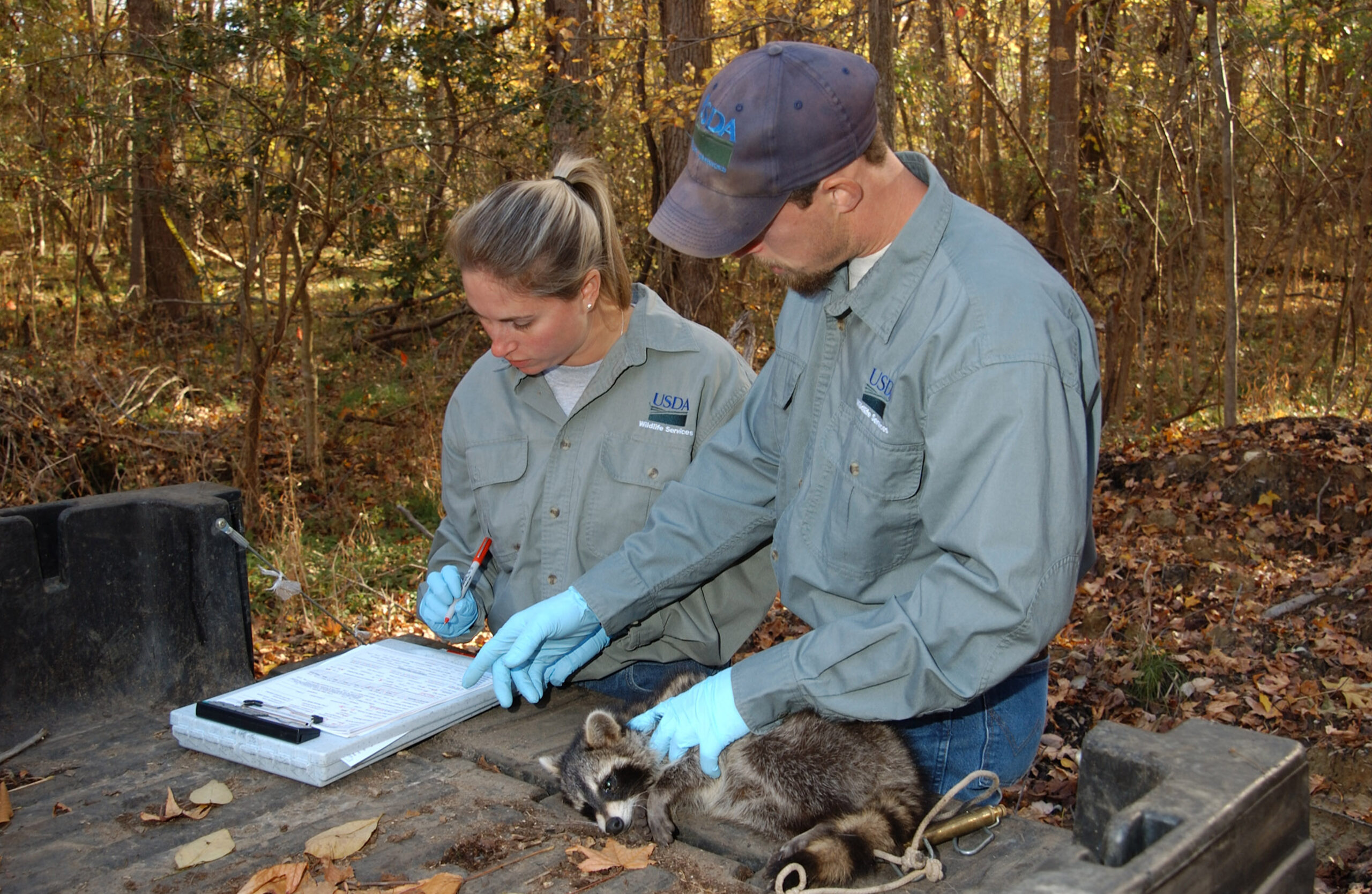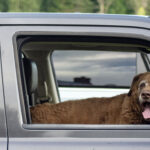
AUGUSTA, Maine — Oral rabies vaccine baits will be distributed in northeastern Maine beginning on or about Aug. 3 through Aug. 7 as part of ongoing, cooperative rabies control efforts aimed at reducing the spread of raccoon rabies in Maine.
Approximately 385,000 ORV baits targeting raccoons will be distributed by air and ground over a 2,650-square-mile area. Wildlife Services, a program within the U.S. Department of Agriculture’s Animal and Plant Health Inspection Service, will distribute the ORV baits in cooperation with the Maine Center for Disease Control and Prevention.
The small vaccine baits are coated with fishmeal and distributed in one-inch square cubes or two-inch plastic sachets. Humans and pets cannot get rabies from contact with the baits, but should leave them undisturbed.
USDA officials said the vaccine is shown to be safe in more than 60 species of animals, including domestic dogs and cats. Dogs that consume large numbers of baits may experience an upset stomach, but there are no known long-term health risks. If skin contact with baits occurs, rinse the affected area with warm water and soap.
The distribution area will include places such as Burlington Township, Carroll Plantation, Chester, Houlton, Lakeville, Lee, Lincoln, Mars Hill, Oxbow, Patten, Prentiss Township, Springfield, Stacyville, T3 R1 NBPP, T7 R3 NBPP, Webster Plantation, Weston, and Winn.
The vaccine packets will be distributed primarily by airplanes in rural, wooded areas. Personnel from Wildlife Services will distribute vaccine baits from vehicles in the more populated areas, such as Houlton.
Rabies is a viral disease that infects the nervous system of humans and other mammals. It is spread primarily through a bite from an infected animal. Rabies is fatal once symptoms are present, although timely post-exposure treatment is effective in preventing the disease in humans.
In Maine this year, as of July 15, 40 animals have tested positive for rabies this year in 14 of Maine’s 16 counties, including bats, raccoons, striped skunks, grey foxes, red foxes and a feral cat.
Approximately 90 percent of reported rabies cases in the U.S. occur in wildlife, according to the USDA.
Since 2003, Wildlife Services has worked to eliminate raccoon rabies from northern Maine because the virus poses a threat to human and animal health. Wildlife Services also collaborates with Canadian officials in New Brunswick and Quebec to reduce the presence of rabies across Maine and Canada.
The oral rabies vaccine distribution program in Maine is part of a larger effort to prevent the westward spread of raccoon rabies by creating a barrier along the Appalachian Mountains from the Canadian border to Alabama.
These tips can help protect yourself and your pet against rabies:
– Keep your pet’s rabies vaccination current
– Feed pets indoors
– Keep garbage cans or other sources of food tightly secured
– Do not feed, touch, or adopt wild animals and be cautious of stray dogs and cats
– Do not relocate wildlife because this can spread rabies into new areas
– Wash wounds resulting from potential rabies exposures thoroughly with soap and water
If you are bitten or scratched by an animal, contact your health care provider. If your pet is bitten or scratched by an animal, contact your veterinarian. If you want to report a dead or suspicious-acting raccoon, skunk, fox or coyote in northern Maine, contact Wildlife Services. The Maine CDC is also available to answer questions.
For more information, visit the USDA Rabies webpage: www.aphis.usda.gov/wildlife-damage/rabies or the Maine CDC Rabies webpage: www.maine.gov/dhhs/rabies. Contact Wildlife Services at 1-866-487-3297 or the Maine CDC at 1-800-821-5821.







